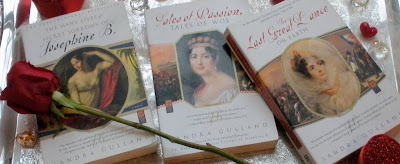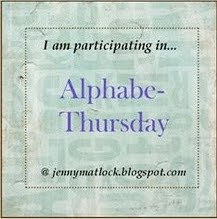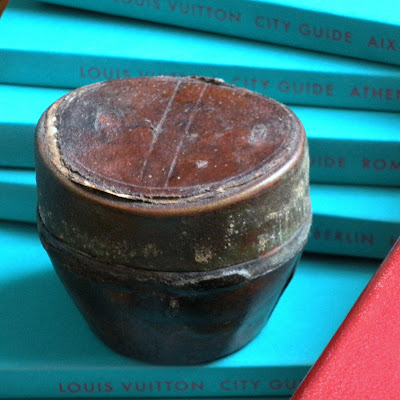
is for


Knitting is one of those things I've always been intrigued with, and though I've never accomplished this skill myself, I greatly admire those who do knit. If I lived in a cooler climate, one would find me happily wearing sweaters year round. Hand-knit sweaters in particular have long been one of my wardrobe weaknesses. I appreciate the time and talent that goes into creating these garments.
In the late 70s and on into the 80s, the clothing company, BEREK, created hand knitted sweaters that were the fashion rage. Many were theme related such as Dog is Man's Best Friend, Sailor's Delight or Halley's Comet, in honor of the appearance of Halley's Comet in 1986. Other designers followed the same trend, and it was common to find hand knitted sweaters. Even though I no longer wear many of my sweaters, I've not been inclined to part with these little works of art. I've carefully stored them with the thought that someday I might transform some of these into throw pillows.
Even though I don't knit myself, I'm fortunately at times the recipient of others' talents in this area. This past Christmas my friend, Kay, knitted this wonderfully warm and cuddly scarf for me. It's knitted in Mano's luxurious blend of merino wool and silk.
Mano yarns are hand dyed to create a marbleized, subtly striated effect. These yarns are the product of Manos del Uruguay, the Hands of Uruguay, which is a nonprofit organization that assembles over 400 artisans in cooperatives throughout the countryside of Uruguay in an effort to bring economic and social opportunities to rural women. You can read more about this organization here. It goes without saying that I treasure this thoughtful gift specifically made just for me, but my appreciation only increased once I read the story of the yarn that Kay selected to use for this scarf.

And such was the case when I recently discovered another wardrobe item of the knitted variety, Sarah Oliver Handbags. A local boutique had received their first shipment of Sarah Oliver Handbags on the day I just happened to stop in. I was immediately smitten. The clutches in the Laurel Collection are knit from imported highland Peruvian wool.
with a beautiful brooch
in the shape of a starfish.
Not only was the clutch a perfect accessory for an upcoming evening wedding I would attend, it was the wonderful heartwarming story of Sarah Oliver Handbags that made this purchase a must. Sarah Oliver, the artistic genius behind these unique handbags, has knitted since she was a child. She first began knitting whimsical handbags as gifts for friends and family. Her unique bags received so much attention that Sarah started selling her bags. As demand grew, she could no longer knit them by herself. When she decided to grow her business of stylish hand knitted bags, Sarah turned to residents of The Redwoods Senior Retirement Community to help produce her bags. She recruited a group of "ageless knitters"! Click on the video above to hear this amazing story of how Sarah Oliver has given new purpose to a group of retirees.
The Purlettes are a group of ladies who are the backbone of Sarah's company. All residents of The Redwoods Senior Retirement Community, these "nimble-fingered" octogenarians and beyond meet weekly to knit for Sarah Oliver Handbags. They are a group of talented knitters who help produce the high quality bags that Sarah personally designs and finishes.
I'm not associated with Sarah Oliver Handbags other than as an admirer and very satisfied customer, but I am extremely impressed with the business model of Sarah Oliver Handbags. Not only do I appreciate the beautiful designs, the high quality, and the hand crafted aspect of these bags, it is the fact that Sarah has provided respect and opportunity to a group of ladies in her community who otherwise would not have the opportunity to use their talents as productive business partners. Kudos to Sarah Oliver for her vision of a uniquely creative way to grow her business right here in the United States. It's exactly the type of business I want to support!

You can find a list of stores and boutiques that carry Sarah Oliver Handbags or @ http://www.saraholiverhandbags.com
With a Sarah Oliver Handbag you'll own a unique accessory and give support to a small business that offers a uniquely "Made in America" product. Thank you to Sarah Oliver for permission to use photos and the video.
And don't forget to head on over to Mrs. Matlock's where you'll find a class full of Letter K assignments for your reading pleasure. Thank you, Mrs. Matlock for this fun filled weekly meme. I'm also linking this post to Show and Tell Friday with Cindy @ My Romantic Home. Check in with Cindy on Friday to see what others in Blogville have to share that day.








































































.PNG)













.JPG)














.jpg)












































































.jpg)






